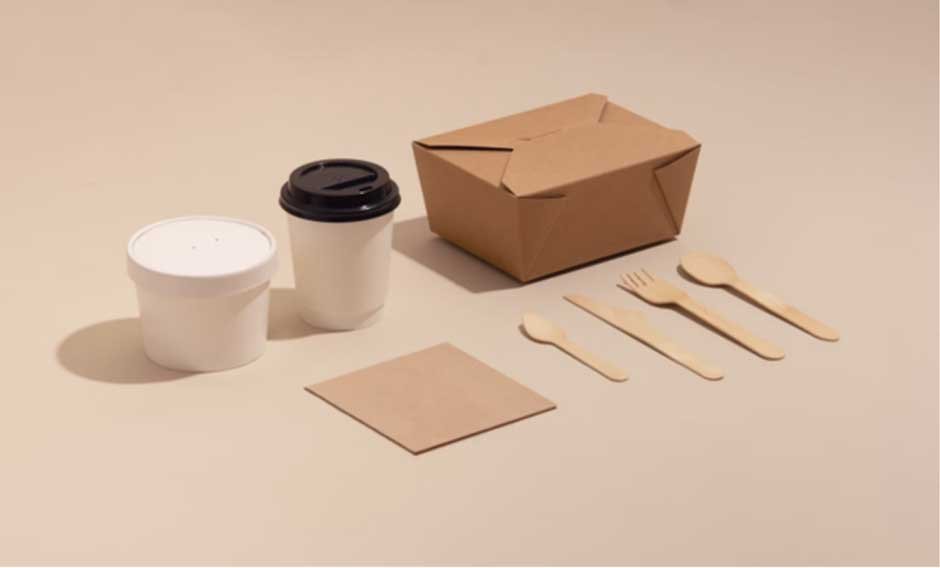Source: Unsplash
Packaging isn’t just a pretty face anymore. It’s your product’s bodyguard, brand ambassador, and sometimes even its therapist (ever seen how much info people cram on a tea box?). In the age of Insta-aesthetics and hyper-aware consumers, the pressure is on to design packaging that doesn’t just look good, but works hard to protect what’s inside.
So if you’re in the biz—whether you’re slinging artisan snacks, high-end skincare, or, heck, even hydroponic herbs—you’ve gotta be thinking beyond just cardboard and cling wrap.
Quality Control Without Compromise
You could have the dopest product on the planet, but if it gets to your customer stale, melted, or smelling like grandma’s attic, you’re toast. And not the good, avocado-covered kind. Modern packaging’s main gig? Shielding that product like it’s the last Pop-Tart in a house full of teenagers.
Trend Watch: Packaging that Does Things
Here’s what’s hot in packaging design circles right now (besides venting about rising material costs):
- Smart Packaging: Think QR codes that spill brand lore, freshness sensors, and even NFC chips for product authentication. With counterfeits creeping into every market, from supplements to sneakers, smart packaging is like your product’s bouncer—checking IDs and kicking out fakes.
- Flexible Films & Mylar Magic: Not everything needs to come in a rigid box. Enter: pouches, wraps, and especiallysmell-proof mylar bags. These babies are crushing it in the cannabis, supplement, and spice game. Why? They block moisture, light, oxygen—and yep, odor. Plus, they’re resealable and lightweight, which is music to every eComm brand’s fulfillment ears.
- Anti-Tamper & Tamper-Evident Features: Especially big in pharma and food—but creeping into luxury goods, too. Tabs that snap, seals that leave residue, and wraps that scream “you opened this.” It’s like the Mission: Impossible self-destructing tape, but make it FDA-compliant.
- Mono-Materials & Recycling-Ready Design: Sustainability’s not just a buzzword—it’s a customer demand. But get this: Many “recyclable” packages are actually not, because they’re made of mixed materials (like foil-paper hybrids). Smart brands are moving toward mono-materials (single-material packs) that can be easily recycled in real-life bins, not just fantasy-land recycling centers.
According to a recent Ameripen analysis, current post-consumer recycled content averages out at 44% in paper packaging, 43% in aluminum cans, 18% in PET, and only 8% in HDPE—highlighting how much room there still is for eco-forward innovation
Hot Take: Good Design is Defensive
Everyone’s obsessed with how packaging looks on-shelf or on-screen. And sure, unboxing videos are still a vibe. But real packaging pros? We think like defensive linemen. Protect the product at all costs.
Let’s talk about chocolate. Ever ordered some high-end truffles online and received sad, melted blobs? Not cute. Now, if your shipper includes phase-change materials (PCMs) that keep the interior temp steady—even if the box sits in a hot truck for six hours—you’re golden. Bonus points if your outer pack includes insulation made from recycled denim. (Yup, it’s a thing.)
Or skincare. Essential oils are super sensitive to UV and air. Putting them in clear plastic jars? Rookie move. Use amber glass, airless pumps, or even foil-lined tubes. Packaging’s job is to play bodyguard AND hype-man.
The Tips Nobody Talks About (But Should)
Alright, here’s where we go full packaging nerd. Everyone talks about design, sustainability, and wow-factor. But here are the underdog tips you’ll wish you knew sooner:
- Humidity Buffers for Long-Haul Shipping: If you’reshipping internationally, humidity is your sneaky enemy. Desiccant packets (like silica gel, but branded better) can keep your goods from turning mushy or moldy en route. Use clay desiccants—they’re reusable and eco-friendlier than traditional ones.
- Laser Perforation for Controlled Venting: Sounds like sci-fi, but it’s real. Laser-perfed packaging lets gases out (for stuff like produce that keeps ripening) without letting air or moisture in. Perfect for maintaining texture and flavor in sensitive goods.
- Scuff Testing for Shelf-Appeal: Before you commit to a packaging material, scuff test That velvety matte finish might look bougie now, but after a few warehouse slides and a rough FedEx ride, it could look like it got in a fight with sandpaper. Test how it holds up—because scuffed packs scream “used,” even if they’re not.
- Package-to-Product Ratio Optimization: Too much pack and people think you’re wasteful. Too little and your product gets damaged. But beyond just size, think weight. Lighter packages = cheaper shipping + lower emissions. Use filler smartly (like corrugated paper nests) instead of oversized boxes with air pillows.
Final Thought
Yeah, we all love a package that makes us go “whoa.” So, whether you’re building a brand from scratch or upgrading your legacy line, don’t sleep on the trends that protect your product.
Your packaging isn’t just a box. It’s a promise. Make sure it keeps it.







